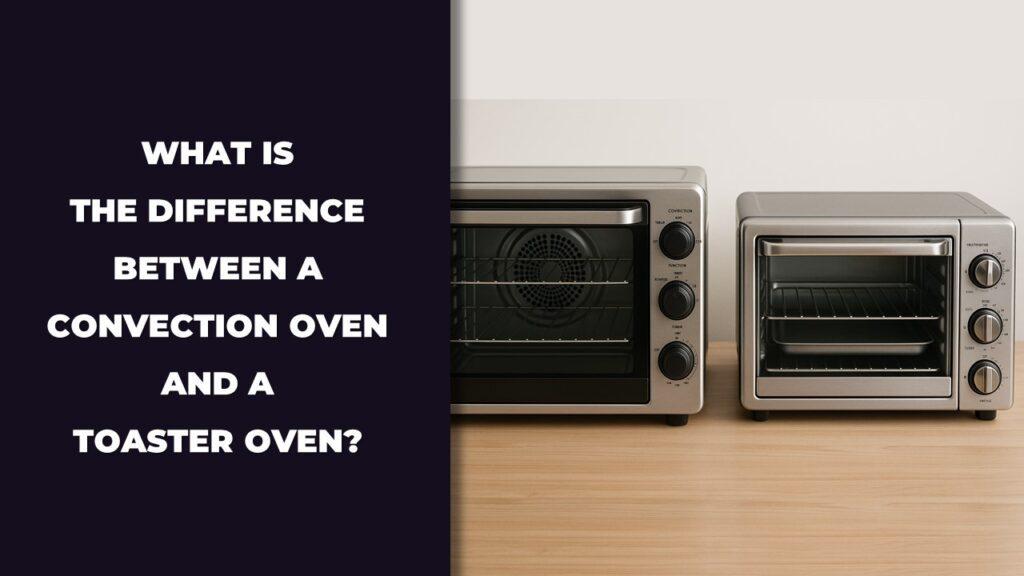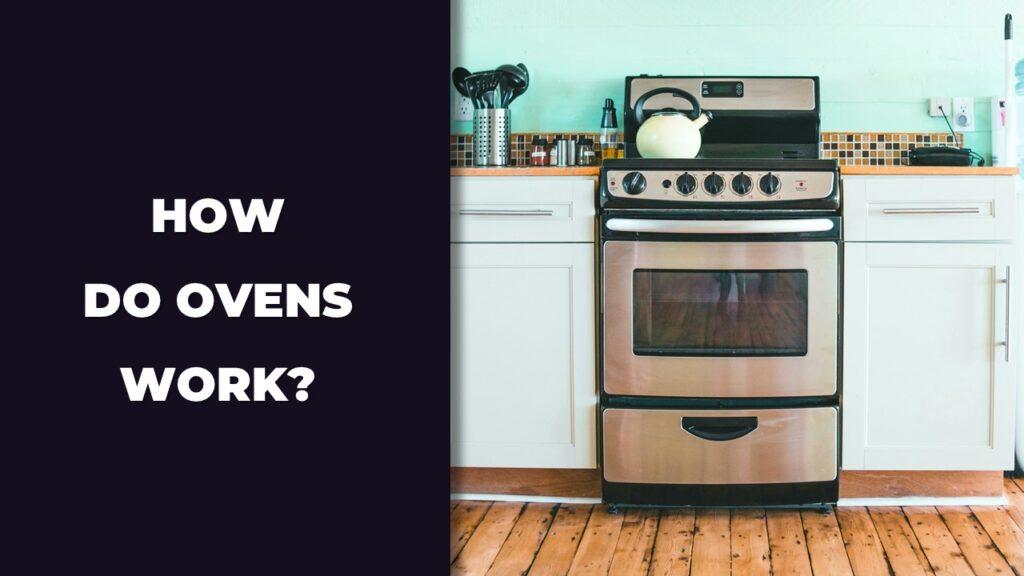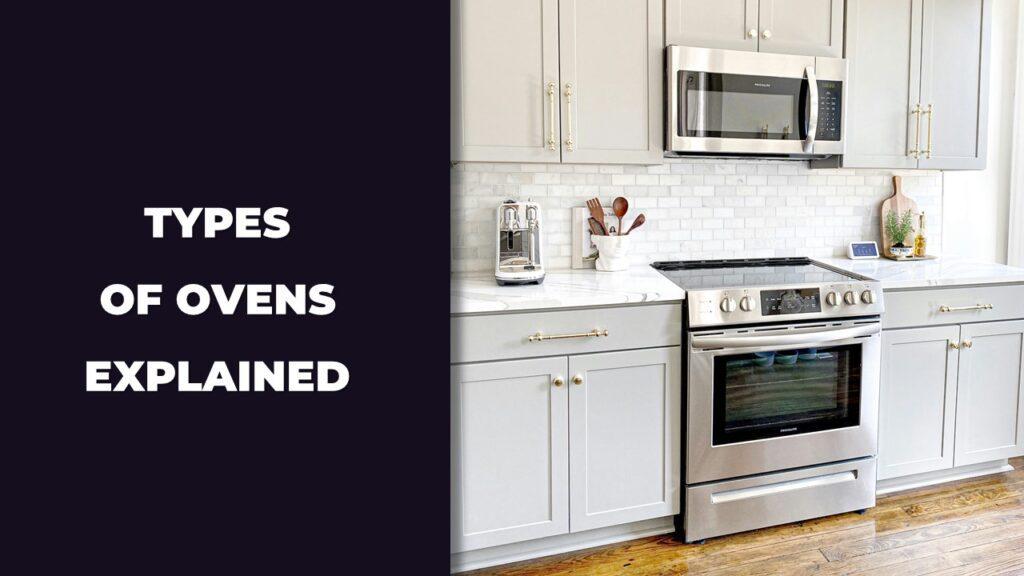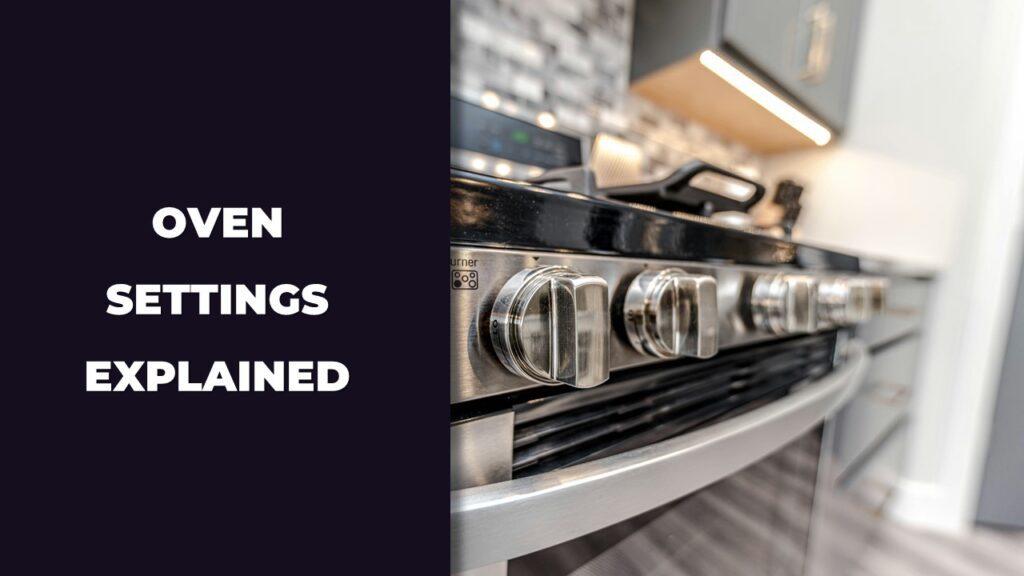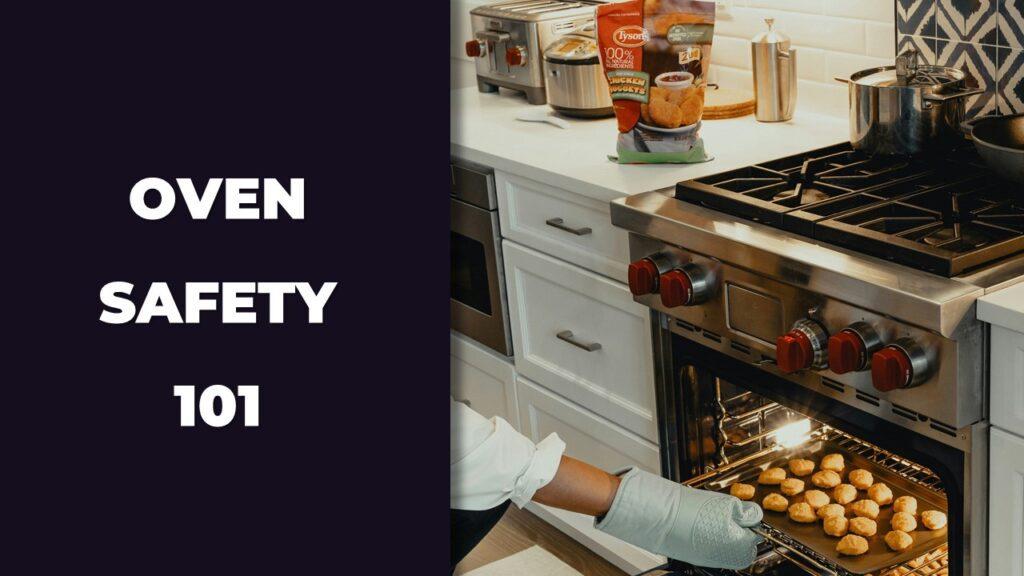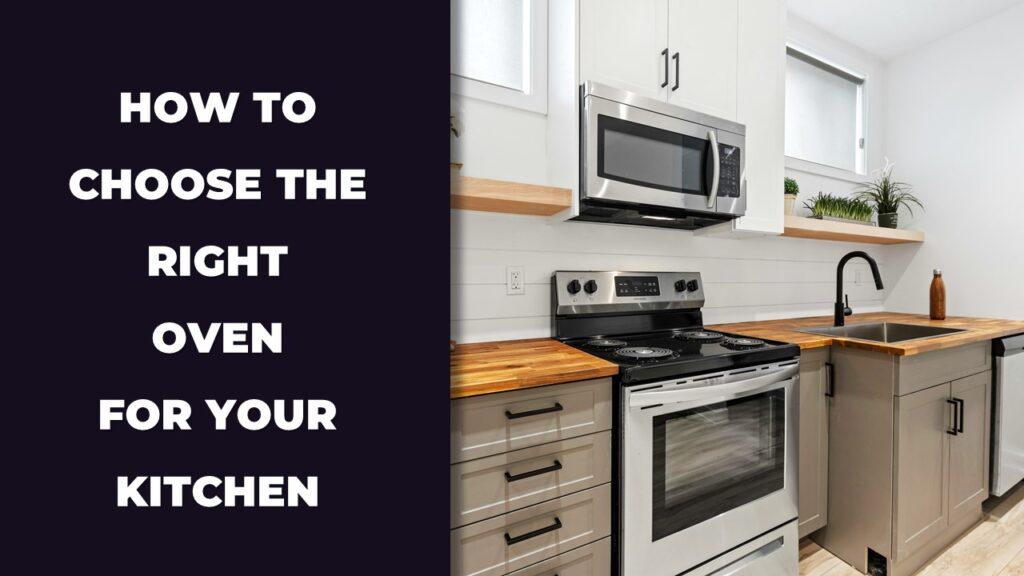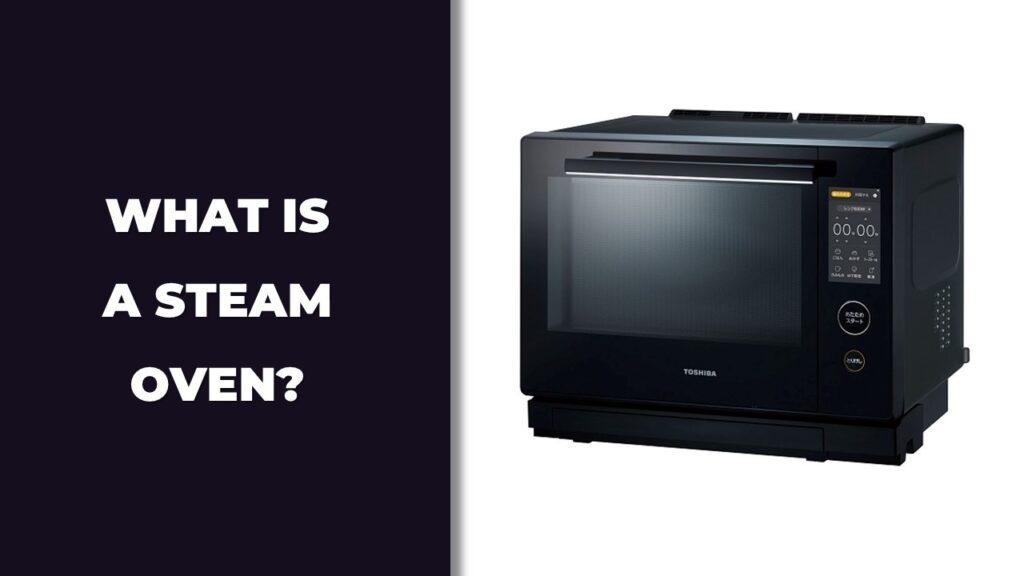
A steam oven uses hot steam to cook food gently and evenly. It retains nutrients, enhances moisture, and eliminates the need for added oils. Whether you’re steaming vegetables, baking artisan bread, or roasting chicken with crispy skin and juicy insides, steam ovens offer a healthier, faster, and more precise cooking method than traditional dry-heat ovens. Some models use 100% steam (pure steam ovens), while others combine it with dry heat (combi steam ovens) for browning and texture control.
Now let’s break down how it works, what makes it worth it, and when it fits your kitchen lifestyle.
What Is a Steam Oven Explained?
A steam oven is a cooking appliance that uses water vapor instead of dry heat to cook food. It creates a moist cooking environment that helps retain nutrients, enhances flavor, and keeps dishes tender without needing added fats or oils.
Steam ovens differ from traditional ovens by relying on steam as the main heat source. This makes them great for cooking delicate items like vegetables, fish, or rice, as well as baking fluffy bread. Some models are steam-only, while others combine steam with convection for more cooking flexibility.
These ovens come with either a water reservoir or a direct water line connection. Steam is generated inside the unit and circulated throughout the cavity, cooking the food gently and evenly. Because steam transfers heat faster than dry air, it results in quicker cooking times and better moisture retention in every bite.
How Does a Steam Oven Work?
A steam oven works by heating water into vapor and releasing it into the oven cavity, where the steam surrounds the food and cooks it evenly. This method keeps food moist, flavorful, and nutrient-rich without the need for high temperatures or dry heat.
Step-by-Step Process
Here’s how a steam oven works from start to finish:
- Water Supply: The oven is filled with water either manually (via a reservoir) or automatically (via a plumbed-in line).
- Steam Creation: A built-in boiler or heating element heats the water until it turns into steam.
- Steam Circulation: The steam is pushed into the oven chamber, surrounding the food from all sides.
- Cooking Action: The moisture penetrates the food, gently cooking it while preserving its natural texture, color, and nutrients.
This process works well for everything from vegetables and fish to reheating leftovers and baking moist cakes.
Heating and Humidity Explained
A steam oven’s heating system uses low to moderate temperatures, typically maxing out at 212°F (100°C), which is the boiling point of water. Unlike dry heat ovens, steam ovens operate at controlled humidity levels to help food cook evenly without drying out.
In pure steam ovens, the cavity remains at 100% humidity. In combi steam ovens, you can adjust the mix of steam and dry heat depending on what you’re cooking—ideal for roasting or baking where you want both moisture and browning.
This humidity control is what makes steam ovens stand out—they offer consistent, even cooking with minimal moisture loss.
Preheating, Cooking Time, and Heat Retention
Steam ovens often require little to no preheating, depending on the recipe. Because steam transfers heat more efficiently than air, cooking starts almost immediately once the oven is filled with steam.
In terms of speed, meals typically cook 20–30% faster than in conventional ovens. The moist heat helps maintain temperature throughout the cavity, reducing fluctuations and hot spots. This is especially helpful when cooking multiple dishes on different racks, as the steam creates uniform conditions that prevent one dish from overcooking while another lags behind.
This efficiency makes steam ovens not just healthier, but also faster and more convenient for everyday cooking.
Types Of Steam Ovens (Full Comparison With Use Case Focus)
Steam ovens come in different types, each offering its own way of using steam in cooking. Some stick to 100% steam, others combine it with dry heat, and a few just add a touch of humidity to regular baking. The right one really depends on what and how you like to cook.
Understanding the types helps you figure out which model fits your cooking habits, your kitchen setup, and your expectations. Here’s a breakdown of the four main categories you’ll find when shopping or comparing steam ovens.
Pure Steam Ovens (100% Humidity)
Pure steam ovens only use steam to cook. No hot air. No convection fan. Just clean, consistent steam at 100 percent humidity. These ovens are gentle and great for foods that benefit from moisture, like vegetables, rice, fish, and dumplings.
They don’t brown or crisp anything though. If you want that golden crust or seared edge, you’ll need another oven or a broiler. But if you care more about health, moisture, and delicate textures, this type does the job beautifully. Think of it like a supercharged steamer that fits into your wall cabinet.
Combi Steam Ovens (Steam + Convection)
Combi steam ovens give you the best of both steam and dry heat. You can use steam alone, dry heat alone, or mix both during cooking. That means you can bake, roast, steam, or do a combo of all three without switching appliances.
They’re ideal for people who want a bit more from their oven. You can steam veggies in the morning, roast chicken with crispy skin at night, and bake artisan bread on the weekend. This is the type most home chefs lean toward if they want just one high-performance oven.
Steam Assist Ovens (Humidity-Boosted Baking)
Steam assist ovens are mostly regular ovens that add small bursts of steam during cooking. They’re not meant for full-on steaming. Instead, the steam is used to help bread rise better or keep roasts juicy.
This is great for bakers who want that springy texture or crusty finish. Some brands call it “added steam” or “moisture plus,” depending on the label. You won’t get full steam mode, but you’ll get a nice middle ground between conventional baking and full steam control.
Plumbed Vs Non-Plumbed Models
Steam ovens either have a water reservoir you refill or connect directly to your home’s water line. Plumbed models are hands-off once installed. No filling, no emptying. Just cook.
Non-plumbed models come with a removable water tank. It’s simple and works just fine, but you’ll need to top it up occasionally. Which one you choose depends on your budget, kitchen setup, and how often you plan to use it. Daily users may prefer plumbed models for convenience, while occasional steamers are fine with a tank.
Key Benefits Of Cooking With Steam
Cooking with steam offers healthier meals, better texture, faster cook times, and easier cleanup. It keeps food moist and flavorful without needing added fats or oils, making it a smart choice for both everyday meals and special dishes.
Steam ovens don’t just soften food—they help it cook evenly, stay juicy, and hold on to nutrients. Whether you’re steaming vegetables or roasting a chicken in a combi oven, here’s what makes steam cooking stand out:
- Healthier Meals Without Added Fat: Steam cooks food without the need for oil, butter, or frying. It keeps meals lower in fat and calories while still delivering great taste.
- Nutrient Retention: Steaming helps preserve vitamins and minerals that are usually lost in boiling or baking, especially in vegetables and lean meats.
- Better Texture and Taste: Food stays moist, tender, and colorful. Vegetables don’t go limp, and proteins like fish or chicken come out juicy, not dry.
- Even Cooking on Every Shelf: Steam surrounds the food from all sides, which helps it cook more evenly. No more burnt edges or undercooked centers.
- Faster Cooking Times: Steam transfers heat more efficiently than dry air, so meals often cook 20 to 30 percent quicker than in a regular oven.
- Perfect for Reheating: Leftovers stay soft and flavorful instead of rubbery or dried out like they might in a microwave.
- Multi-Level Cooking Without Flavor Mixing: You can cook rice, fish, and vegetables all at once. Steam keeps their flavors from blending together.
- Cleaner Cooking Process: Fewer spills, less grease, and no crusty burnt bits mean cleaning up is quick and easy.
- Safer for Everyday Use: No open flames, minimal risk of burning food, and gentle temperatures make it a safer option for families and multitaskers.
Steam Oven Use Cases (Real-Life Scenarios)
Steam ovens are perfect for more than just steaming vegetables. From delicate proteins to crusty artisan bread, they handle a wide range of dishes with moisture, speed, and precision. Whether you’re meal prepping or reheating leftovers, steam ovens make everyday cooking simpler and more consistent.
Here are some real examples of how people use steam ovens in their kitchens:
- Steaming Vegetables: Steam locks in color, texture, and nutrients. Broccoli stays bright green, carrots keep a bit of bite, and nothing turns to mush.
- Cooking Fish and Delicate Proteins: Fish, chicken breasts, and tofu come out juicy and tender without overcooking. Steam keeps their natural flavors intact and prevents drying out.
- Baking Artisan and Sourdough Bread: Combi steam ovens create that glossy, crisp crust bakers love, while keeping the inside soft and airy. It’s like having a pro bakery in your kitchen.
- Roasting Meats with a Crispy Crust: The steam keeps the inside juicy, while convection heat crisps the outside. It’s perfect for roast chicken, beef, or even a holiday turkey.
- Reheating Leftovers Without Drying Out: Unlike the microwave, steam brings moisture back to food. Pasta, rice, pizza, and casseroles taste freshly made.
- One-Tray Meal Prep: Cook grains, veggies, and protein all at once on different racks. The steam keeps flavors separate and the texture just right across the board.
Downsides And Considerations Before Buying
Steam ovens are powerful and versatile, but they do come with a few trade-offs. Price, space, and learning curve are things to think about before adding one to your kitchen.
Here’s what to consider before you buy:
- Cost of Entry (Steam vs Combi Models): Steam ovens aren’t cheap. Pure steam models start around $1500, while combi versions can go well beyond $4000. If you want full flexibility, expect to pay more upfront.
- Counter Space and Installation Needs: Built-in units take up cabinet space and might require special installation. Countertop models are more compact but still need a water reservoir and proper ventilation.
- Maintenance and Cleaning: Water tanks need refilling and cleaning. Some models also need descaling or draining after use. It’s not hard, but it’s an extra step compared to traditional ovens.
- Learning Curve for New Users: Steam cooking feels different at first. It takes time to learn humidity settings, cooking times, and how to use the right trays or cookware.
Even with these downsides, many users find the trade-offs worth it once they get used to how much a steam oven can actually do.
How To Choose The Right Steam Oven
To choose the right steam oven, think about how often you’ll use it, what you like to cook, and how much space you have. Some models focus on simple steaming, while others offer advanced features like convection, preset modes, or smart tech.
Here’s what to look at before making a decision:
- Cooking Style And Frequency: If you steam food daily and want full control, go for a combi steam oven. If you’re just looking for an occasional healthy upgrade, a pure steam model might be enough.
- Steam-Only Vs. Combi Steam: Steam-only ovens are great for vegetables and grains. Combi ovens give you more range—steam, bake, roast, or use both steam and dry heat together.
- Countertop Vs. Built-In Models: Countertop steam ovens are compact and easier to install. Built-in options look sleek and are better suited for regular, high-volume cooking.
- Manual Fill Vs. Plumbed-In Water Supply: Plumbed models are low-maintenance, perfect for heavy use. Tank-based ones need refilling but are easier to install.
- Preset Programs And Smart Features: Some ovens come with guided cooking modes, touchscreens, or app controls. These can help beginners and save time for busy cooks.
- Budget And Brand Reputation: Stick with brands known for reliability—Bosch, Miele, Fisher & Paykel, Panasonic, or Wolf. Make sure you get the features you’ll actually use, not just the flashiest display.
Pro Cooking Tips For Steam Oven Owners
Using a steam oven gets even better once you understand a few tricks. From tray selection to layering meals, small adjustments can lead to big improvements in taste, texture, and timing.
Here are some practical tips that make a real difference:
- Use The Right Trays: Perforated trays work best for foods that need full steam contact, like vegetables or dumplings. Use solid trays for liquids, grains, or anything that would drip.
- Don’t Overfill The Oven: Leave space between items so steam can circulate properly. Crowding the trays can cause uneven cooking.
- Keep Water Fresh: If your oven uses a refillable tank, use clean water and empty it after each use to avoid odors or buildup.
- Stack Meals Strategically: Place foods that take longer to cook, like potatoes or grains, on the bottom. More delicate items like greens or fish can go on top for easier access and timing.
- Season After Cooking: Steam keeps food’s natural flavors intact, so you often need less salt. Add herbs, spices, or sauces after cooking to taste.
- Try Flavored Steam: Add lemon slices, wine, or fresh herbs to the water tray (if your oven allows it). The steam picks up those aromas and infuses your food gently.
- Keep A Cooking Log: Write down your settings and timing when trying something new. Steam ovens are consistent, so once you dial it in, you can repeat it perfectly.
These tips help you get better results without guesswork—just good, flavorful cooking every time.
Final Verdict
A steam oven can completely change the way you cook at home. It uses moisture instead of dry heat to create healthier, tastier meals that retain more nutrients and natural flavor. Whether you’re steaming vegetables, baking bread, or reheating leftovers, the results are consistently tender, juicy, and satisfying.
There are different types of steam ovens, including pure steam, combi steam, and steam assist models. Choosing the right one depends on your cooking style, kitchen setup, and how much flexibility you want. Combi steam ovens are the most versatile, offering both steam and convection heat in one unit.
If you’re serious about improving your everyday cooking while saving time and reducing cleanup, a steam oven is a smart investment. From one-tray meal prep to artisan bread baking, its real-life use cases make it a valuable upgrade for modern kitchens.
Related FAQs
Can A Steam Oven Replace A Regular Oven?
A combi steam oven can replace a regular oven for most tasks, including baking and roasting, but a pure steam oven cannot brown or crisp food.
What Can’t You Cook In A Steam Oven?
You can’t fry or achieve deep browning in a pure steam oven. Foods that require a dry, high-heat sear may not work well without convection.
Is Steaming Better Than Microwaving Or Boiling?
Yes, steaming is better for nutrition and texture. It preserves more vitamins and keeps food moist without drying or making it rubbery.
How Often Do I Clean Or Descale A Steam Oven?
Descale every few months, depending on usage and water hardness. Wipe down the cavity and empty the water tank after each use.
Are Steam Ovens Good For Large Families?
Yes, especially combi steam ovens. They allow multi-level cooking without flavor mixing, making it easier to prepare full meals quickly.

At our core, we’re a group of passionate households and gardening tools and appliances users and enthusiasts. We dive deep into the world of tech, especially when it’s about your household or gardening electric items. We try to provide as much value to the readers with our information and how to blog articles as possible. For affiliate articles our honest and transparent reviews of essential tech products are rooted in real-world experience. We take great satisfaction in offering unbiased evaluations, ensuring that you can make informed decisions when investing in your desired techs.

